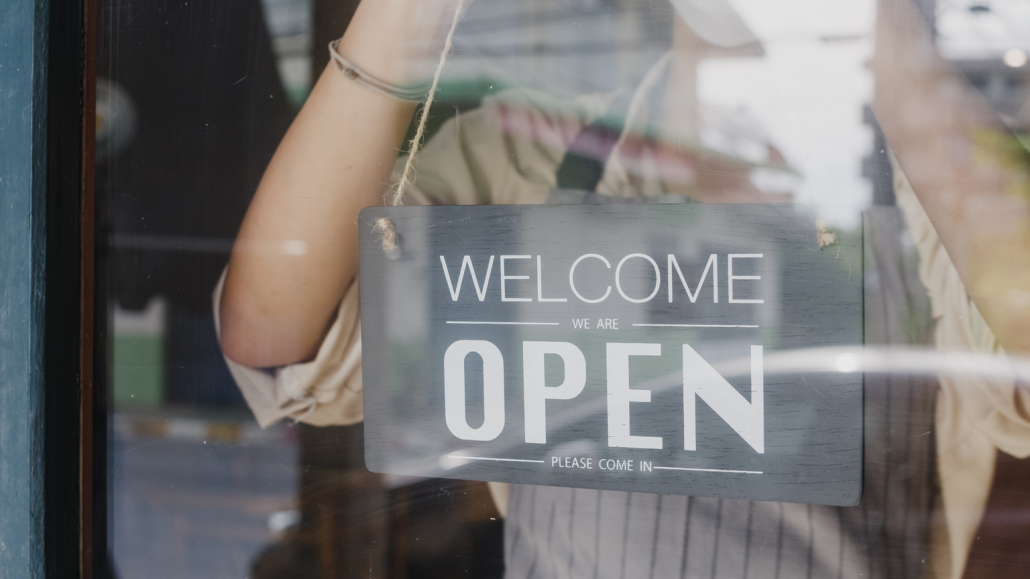And keep them as loyal customers forever.
Customer support, customer journey, and client engagement are all terms used to describe the customer experience. The reality is that there are many considerations that can make or break a customer’s experience and their long-term relationship with you.
Branding Focused Approach
When does the customer’s journey begin? Their experience does not begin when they make a purchase or sign up as a client.
It all starts with the first time they hear about your brand or company.
Everything starts with brand awareness and, most importantly, with their interaction with that brand. It lasts the entire customer journey, from visiting your website to making a purchase to receiving after-sales support.
Since first impressions are so important, you’ll want to make sure that all of your customer contact points are polished, beautiful, and consistent with your brand. Your website, newsletters, social media, advertising, and feedback are the most popular ways for customers to contact you.
Give Information Freely
Your brand’s cover picture or featured image is the first image people see when they visit your social media or website. Be sure to highlight the brand’s USP!
Having information and feedback accessible on social media, booking sites, and your website is always a good idea.
Before making a purchase, many consumers want to know about the details of your products or services. These assist your customer in making informed choices, and making them readily accessible provides them with a seamless experience from your brand on the spot, without requiring any additional interaction from you.
Reviews provide social proof for your company, making you more trustworthy. Customers consider reviews to be an integral part of their purchase decisions, according to surveys.
Even better, encouraging previous customers to share their own photos and videos of your product is a great way to promote your brand or hotel. User-generated content (UGC) is used by a majority of brands on social media accounts; there are so many more possibilities and ways to use UGC in your marketing efforts.
Engagement-Centric Method
In today’s world, when a customer asks a question, they demand an immediate answer. It can be aggravating to wait days for a response to a pressing issue or query. To turn potential customers into real travelers, make yourself available to them at all times.
By providing prospective customers with real-time answers to their inquiries, online messaging has changed the hospitality industry’s climate.
Use customized and enticing emails to engage your target audience. This could include everything from newsletters to promotional deals to instilling a desire to travel.
This isn’t limited to email or messaging apps. Customers will feel special if you react quickly to social media comments.
Provide Seamless Processes
Patronizing you should be a quick, straightforward, and smooth process.
Make sure that your website always has a call to action, such as “Buy Now” or “Subscribe Now.” The idea is that the consumer shouldn’t have to dig for it and should be able to patronize you without difficulty.
You can also go a step further and encourage customers to buy from you or subscribe to your service using social media. It may be by Facebook Messenger or Twitter Direct Messages, but giving your customers the opportunity to patronize you whenever and wherever they want gives them a fantastic experience.
Go Beyond Normal After-Sales
Now you’ve got their business, it’s time to turn up the experience.
Thank the customer for choosing you by including a personal note. Remember to keep it short. Too much information that your customer is bombarded with at once will turn them off.
Ensure that customers are guided to social media sites so that they can contact you with any questions or inquiries at any time. Effective communication with your customers prior to their arrival would improve their experience with you and transform them into loyal customers and brand ambassadors.
Sending an email the day before and a few days after a customer’s purchase has been shown to be the best timing for driving upsells and offering more deals.

